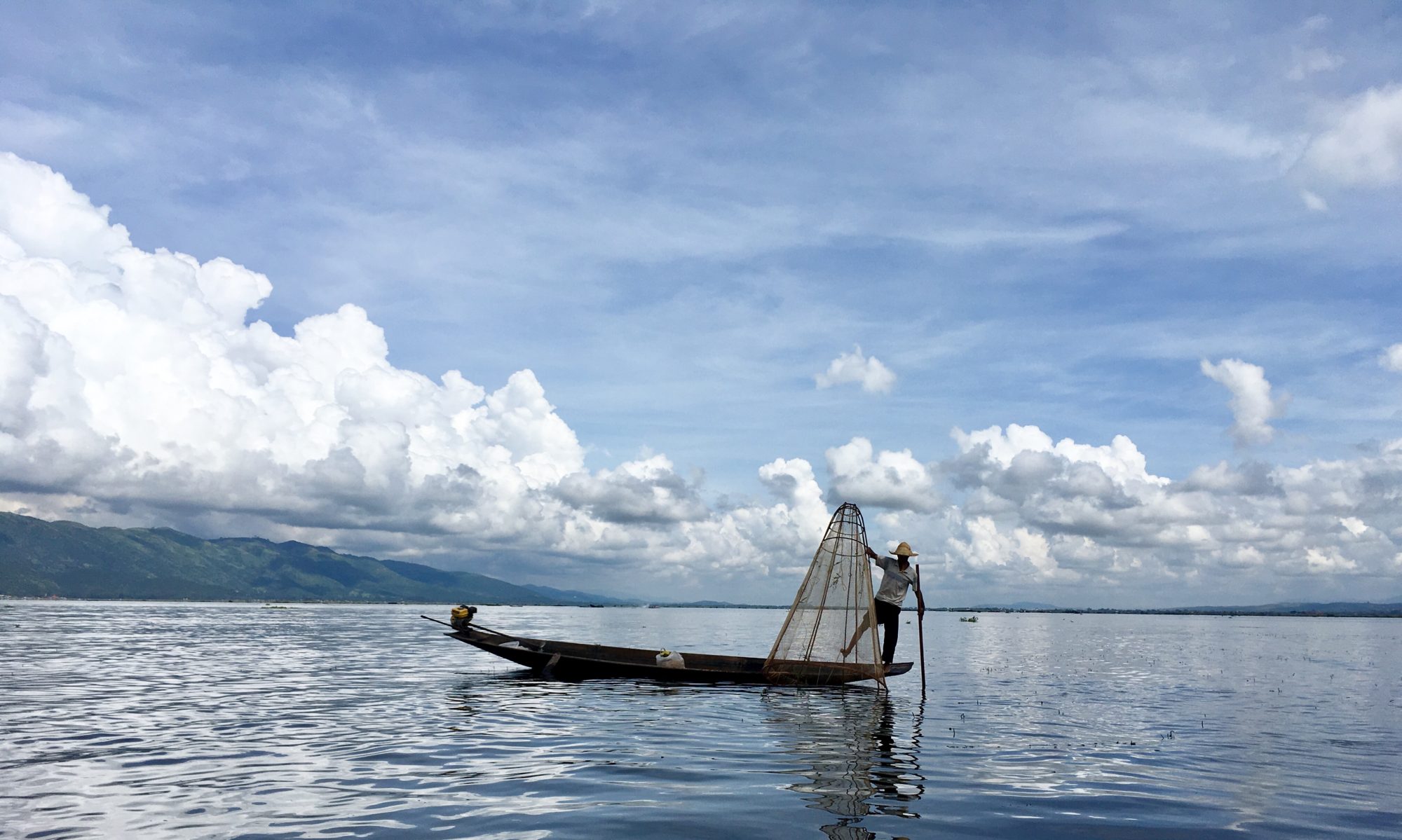It was two days after Christmas and 70 degrees Fahrenheit at Joshua Tree National Park. A clear azure sky and not a single cloud in sight. SPF 50 on our skin. A thin layer of sweat on our backs. While parts of the country were buried in snow, we were spending it wishing we were in shorts and t-shirts.


I used to feel really guilty when my colleagues in the Northeast would complain about slushy streets and snow storms while I enjoyed our temperate climate. But I’ve learned to accept it with a smile and a shrug. There are bad things about California (hello, fire and earthquakes!) but our winter is not one of them. Unfortunately, that’s not a secret. Snowbirds and out-of-staters have been flocking to the desert cities for years. Within the last ten years, Joshua Tree has become a popular destination. VERY popular in peak seasons. We were there during the kids’ winter break and there was a line of cars into the park. And a line of cars looking for parking in the filled up parking lot. But was it still worth it? Yes. Would we do it again? Double yes.


Where is Joshua Tree National Park?
It is where the Mojave and the Colorado deserts meet, with the western half being the Mojave and the eastern half the Colorado. Situated about an hour from Palm Springs, 2 1/2 hours from San Diego and Los Angeles, it is a short ride away to another world. 790,636 acres of it. On a map, the area is shaped like the Beatles Yellow Submarine. The northwest quadrant near the town of Joshua Tree is where the majority of the campgrounds and hiking trails are. Near the southern entrance is the oasis of Cottonwood Spring. The easternmost section of the park is roadless wilderness.

How to get there?
We took I-10 East until we approached a farm of wind turbines standing like futuristic sculptures against mountains that shot straight up into the sky. Then we exited CA-62 toward 29 Palms/Yucca Valley. From there it was 27 miles to the town of Joshua Tree and the park entrance. The CA-62 took us through the cities of Desert Hot Springs, Morongo Valley, and Yucca Valley where chain restaurants, grocery stores, residential neighborhoods, and tattoo parlors blended together in the golden light of the desert. There is a visitor center at the mouth of the entrance where you can stop for restroom, souvenirs, and coffee. There is another entrance to the south of the park off the I-10 at Cottonwood Spring, 25 miles east of Indio.

What’s its draw?
Joshua Tree National Park is one of 400 parks in the U.S. National Park System. My children called it an amusement park. These are the same children who do not like Disneyland so it’s not quite a verbatim analogy. But the amazing rock formations and the Joshua trees the park is named after that look as if straight from a Dr. Seuss book are a sight to behold.

Photographers will not be disappointed here. From the Joshua trees that look like a Medusa with multiple spiky heads and cholla cacti with pale prickles that glow in the sun to rocks that look like a gnome in a wizard robe, it’s hard to take a bad picture of the photogenic landscape.

Rock climbers come here gear jangling to get the adrenaline rush from scaling up the rocks that stack on the earth like Lego pieces some giants had forgotten to put away. Crash pads on their backs. Coils of colorful ropes attached to their REI backpacks. Sunglasses to protect their determined eyes. Watch out!

Stargazing is also a popular activity. Choose campgrounds away from the light pollution of the city to maximize your stargazing experience. The best are in the central and southern parts of the park. The Joshua Tree National Park Service website lists Cottonwood Campground on the southern end as having the darkest skies.

Birdwatchers can be found with binoculars hung around their necks. It being winter and teaming with humans, the only birds we saw were the cactus wrens who were hoping we drop food from our picnic table.

Is it family-friendly?
Yes! My kids had a blast discovering the nooks and crannies hidden between the rocks. They pretended to be explorers, the first to discover secret hiding places within the park. They squeezed through tiny spaces between rocks to rooms that they named ‘meeting room’, ‘squeeze room’, ‘resting room’, and ‘hard room’. Not very imaginative names, but it is a place where their imagination can run wild.

We explored the Hidden Valley trail, a loop that goes around a picturesque basin-shaped valley teaming with beautiful cacti, Joshua trees, rock formations, and pinyon pines. The one-hour trail was level in most places, with a few climbs over rock steps. It offered opportunities for our kids to climb boulders and dead logs, and meander around in a relatively safe environment. We passed women in flip-flops, toddlers toddling along, and fathers with children on their shoulders. It was not much harder than our usual walk around our neighborhood. Because it is an easy hike and a holiday week, it was quite busy. There were times we had to make room and wait for people to pass through the path.

There are other trails more vigorous and less populous. Here’s where you can see a list of 16 incredible hikes through the park. Even with its popularity, I would do the Hidden Valley trail again. Some of our family members have been there when they had the place to themselves. We just need to avoid weekends and long holiday breaks.

Joshua Tree National Park is a not-so-secret spot on the map in the desert. It will only become busier over time. But it is a wondrous destination that is worth setting a special visit in the middle of the week for. Maybe for your next mental health day?



